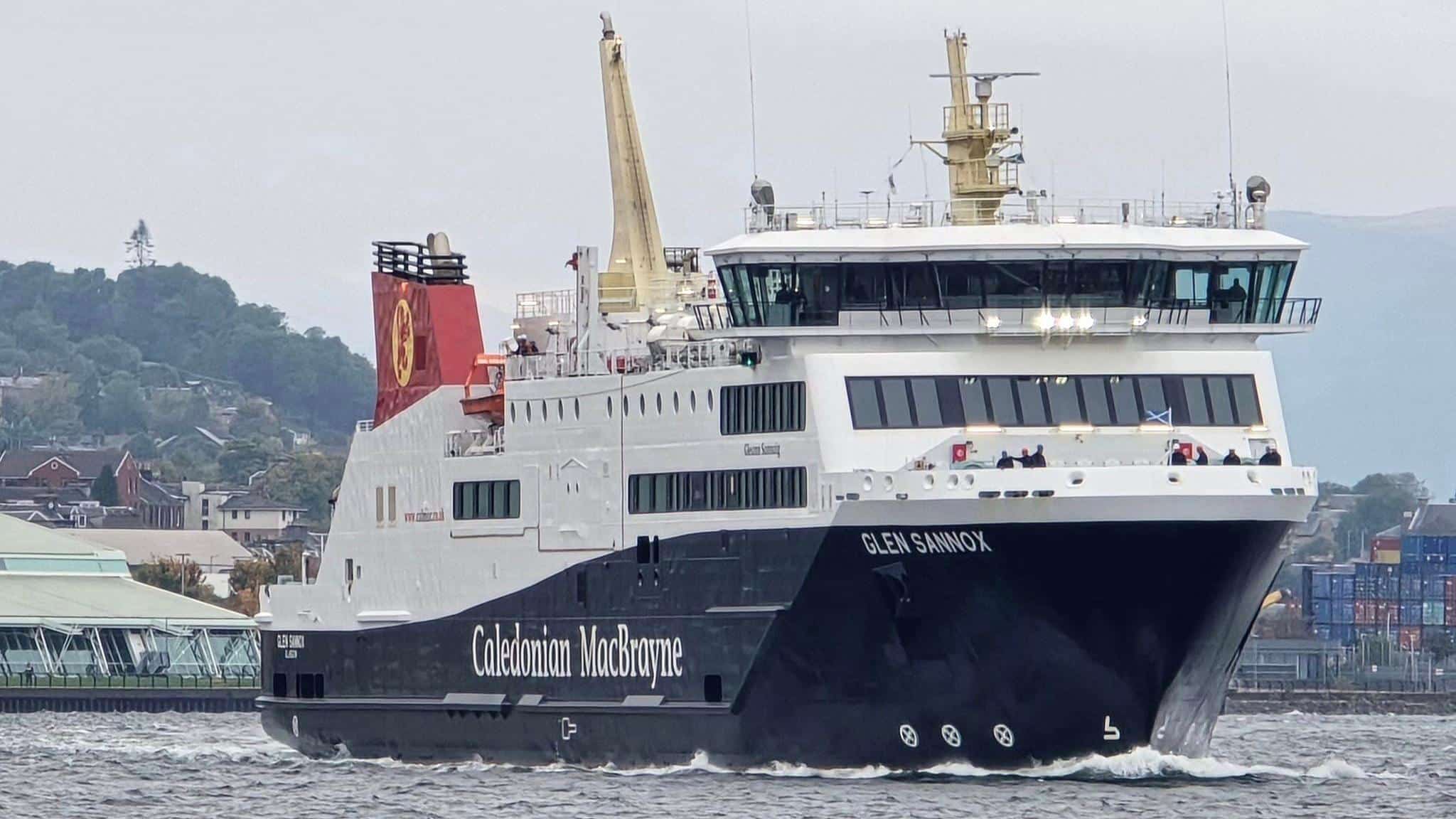Green ferry emits more CO2 than old diesel ship

The introduction of the MV Glen Sannox, Scotland’s first dual-fuel ferry, has sparked a significant debate regarding its environmental impact. Despite being marketed as a “green” alternative, emissions analysis reveals that the new ferry may have a larger carbon footprint than the older MV Caledonian Isles. This article delves into the emissions data, the complexities of LNG technology, and potential greener alternatives for Scotland’s ferry services.
Understanding the Emissions Analysis
A recent emissions analysis conducted by CalMac indicates that the MV Glen Sannox will emit approximately 10,391 equivalent tonnes of CO2 annually. In contrast, the older MV Caledonian Isles emits about 7,732 tonnes. Although the Glen Sannox has a higher car capacity, its larger engines contribute to increased emissions, including methane, a potent greenhouse gas. Critics argue that the comparison between the two vessels is misleading, as the Glen Sannox is a larger and more powerful ship designed to meet rising demand on the Arran route.
The emissions analysis also highlights the complexities of using liquefied natural gas (LNG) as a fuel source. While LNG is often touted as a cleaner alternative to diesel, the reality is more nuanced. The upstream carbon costs associated with importing LNG from Qatar significantly impact its overall emissions profile. Experts suggest that if these upstream emissions are factored in, the environmental benefits of using LNG may be negligible or even detrimental. In fact, the analysis shows that once methane emissions are considered, the advantage of using LNG over marine gas oil (MGO) is less than 9%. This raises questions about the efficacy of LNG as a transitional fuel for Scotland’s ferry services.
The Challenges of LNG Technology
The introduction of LNG technology in the Glen Sannox has not been without its challenges. The Ferguson shipyard faced numerous engineering and regulatory hurdles, resulting in delays and budget overruns. While the ferry is expected to reduce certain air pollutants, such as NOx and SOx, its overall carbon footprint remains a concern. The larger size of the Glen Sannox necessitates bigger engines, leading to higher fuel consumption and emissions.
Moreover, the transportation of LNG from a terminal in Kent to Scotland adds to the carbon footprint. This 445-mile journey contributes an additional 140 tonnes of CO2 annually, compared to just 19 tonnes for transporting MGO. Critics argue that the decision to pursue LNG as a fuel source was made without fully considering its environmental implications. The procurement agency CMAL maintains that LNG was the best option available at the time, but many believe that a more comprehensive analysis of the ferry’s emissions is necessary.
Exploring Greener Alternatives
As Scotland grapples with the environmental impact of its new ferry, there are potential alternatives that could lead to a more sustainable future. One option is to explore the use of biogas, which is produced from organic waste and considered carbon neutral. However, establishing a biogas facility in Scotland would require significant investment and infrastructure development.
Additionally, the design of future ferries could prioritize fuel efficiency. The four new CalMac ferries currently under construction are equipped with conventional MGO engines but have been designed for potential retrofitting to accommodate future fuels like ammonia. Another promising avenue is the adoption of catamarans, which are known for their fuel efficiency. The chartered catamaran Alfred has been successfully operating on the Arran route, demonstrating that environmentally friendly options are available.
Ultimately, advancements in battery technology present an exciting opportunity for Scotland’s ferry services. With the potential for all-electric ferries powered by renewable electricity, the region could significantly reduce its emissions. Experts advocate for a shift towards electric vessels as a long-term solution, emphasizing the need for infrastructure upgrades to support this transition.
While the MV Glen Sannox represents a step towards modernizing Scotland’s ferry fleet, its environmental impact raises important questions. A thorough examination of emissions and a commitment to exploring greener alternatives will be crucial in achieving Scotland’s climate goals.
